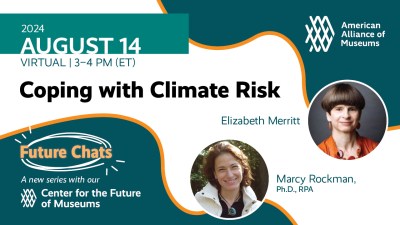
The Institute for the Future and Business for Social Responsibility have released their Sustainability Outlook Map charting four potential stories of the future. The map explores ways of approaching challenges to the environmental, social and economic sustainability of our society through:
- A “commons” strategy dominated by bottom-up, participatory solutions driven by self-organized communities of interest
- Market-driven solutions focused on alternative capital, financial incentives, and market dynamics
- Control and remediation driven by government policy
- Solutions arising through science and technology
Layered across these stories are “signals” (trends), like open source design or increased regulation of philanthropy, that may shape the future. The map is also dotted with “wild cards” (high-impact events that are hard to predict) such as regional “Luddite” movements resisting technology, or the collapse of key resources such as fisheries or oil.
Skip over related stories to continue reading articleOther than being cool to look at, what good is the map? IFTF and BSR offer it as “a grid for making sense of the coming decade” Like a real map, it can help you select preferred destinations, plot routes and plan for the trip. It’s a visual framework for thinking about the future, providing a quick tour of emerging innovations that you may take into account as you conduct your organization’s planning. For example, how could your museum foster communities of interest that contribute to a bottom-up reorganization of society? One of the trends plotted on the map is the increased influence of ethics, individual consciences and global values discourse. How can museums be platforms for exploring morality and meaning? Another trend the map explores is “learning ecologies,” in which on-line tools support learning curricula. With the internet giving your museum’s a potentially global reach, how might you contribute to this new educational ecosystem?
So take a look at the map (probably on-line, since it is difficult to print a copy large enough to be legible.) Let your imagination wander through the landscape it portrays, and see where your museum might embed itself in these stories. And, what the heck—grab some 11 x 17” paper and try drawing your own map of the future. If you do, scan it and send a copy to me at futureofmuseums@aam-us.org! I’d love to see your vision of where we might be headed.









Comments